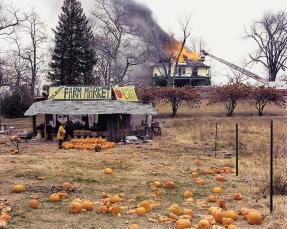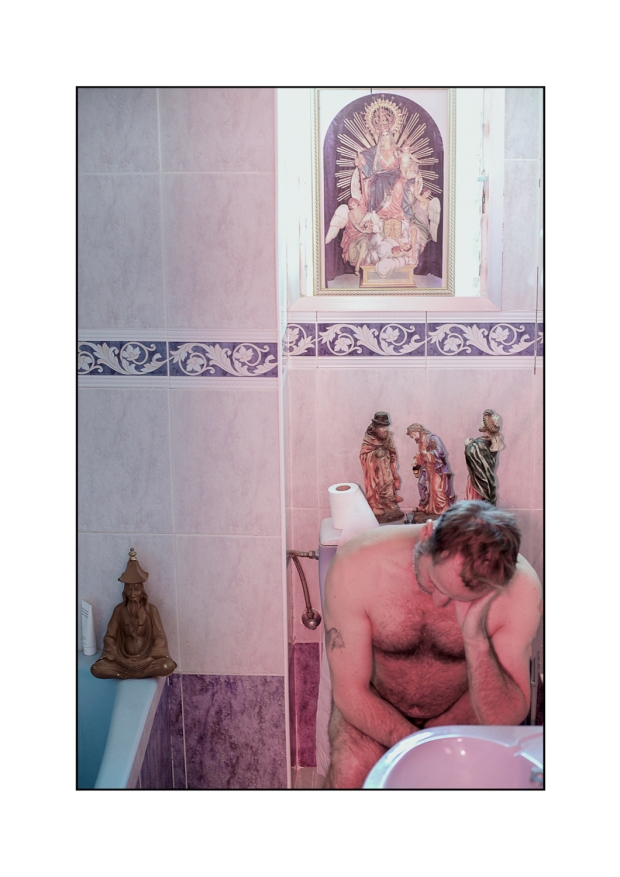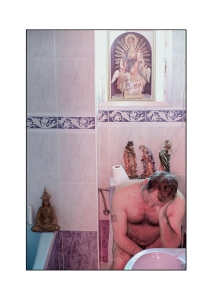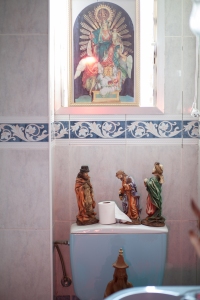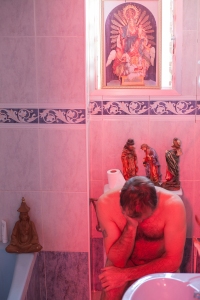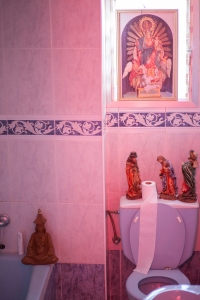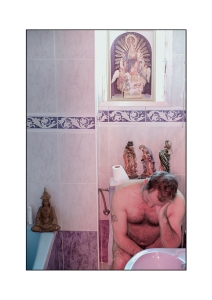Exercise 5.1: Measuring device
My first thoughts about this exercise were slightly perplexed and uncertain as to precisely what was being asked. However I gave the OCA photography department the benefit of the doubt that they know what they are doing and that the idea is to ‘test’ the student in lateral thinking and being open to seeing something new?
I have approached the exercise from the point of view of what I most felt empathy with when going out for a random exploration of objects to photograph and seeing what called up my empathetic feelings. It doesn’t usually take that long before I see something that resonates with my desire to form an image of it.
If you look over my work of the past two years (OCA foundations photography and EYV) you’ll see that ruins appear an awful lot in my shots and projects. I have an empathy for these beautiful and poignant reminders of impermanence and change. This time and for the exercise I have chosen a ruin albeit a modern ruin.
The idea had been to juxtapose the building with the background which is just visible thought the window and shows you the environment outside. Nature contrasted with man made objects. I am attracted to the bizarreness of the image. I think that there is a deeper reason for being attracted to such situations and objects. Whilst the framing of the image was intentional perhaps something more could be said about the content within the frame that was not fully conscious at first.
Reflections
When I framed the image I wanted to bring in various elements such as the graffiti and the window to the outside view of nature and the young tree in the middle of the frame. On the ground as well there is a spree of debris. I shot that frame intentionally and at the time hadn’t thought through all of the implications of doing this. Whilst on the whole there are no ‘mistakes’ in terms of the content of the framing etc. I can see that there is something symbolic in the content if I look closer. Ruins v’s nature, the tree growing into the semi built house and the black insulation on the ground are all clues here. My sense of closeness to the theme is very strong and stems from my childhood when I spent many hours wandering alone through ruins and rubbish dumps and deserted landscapes. The wastelands for me where places of reflection, aloneness and time to be with myself.
There is something poignant in the relationship between the man made structure, unfinished or in ruins and the presence of nature. There is something of a message in this in terms of nature being more powerful and putting things in perspective. The insulation on the ground, although I saw it, at the time didn’t know what it was. It could represent the attempts to insulate ourselves from nature; in this case quite literally by putting a physical layer between ourselves and it. The graffiti is an attempt to embellish something and make it more interesting. Whilst it was in the framing, it also represents the idea of making something more interesting but distracting us from some essential truths. Nature cannot be embellished or made the shape that we want it to be.
Select image
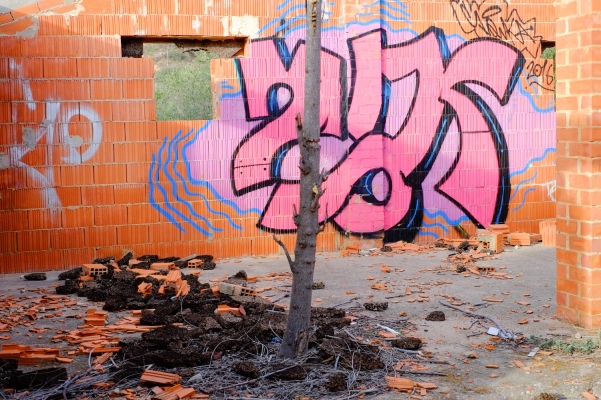
Pre-select images

1.This is one of the pre-select images that I have used for the exercise but later not chosen. The composition show more of the environment where the ruin or house structure are this putting more in context.
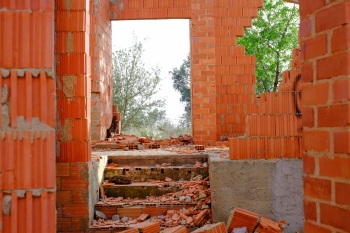
2.This image was nearly chosen for the more acute contrast between the sense of nature and the man made environment. However I felt it did not really have enough of the elements in it for the idea that I was working with.
Image taken for exercise 5.1
















